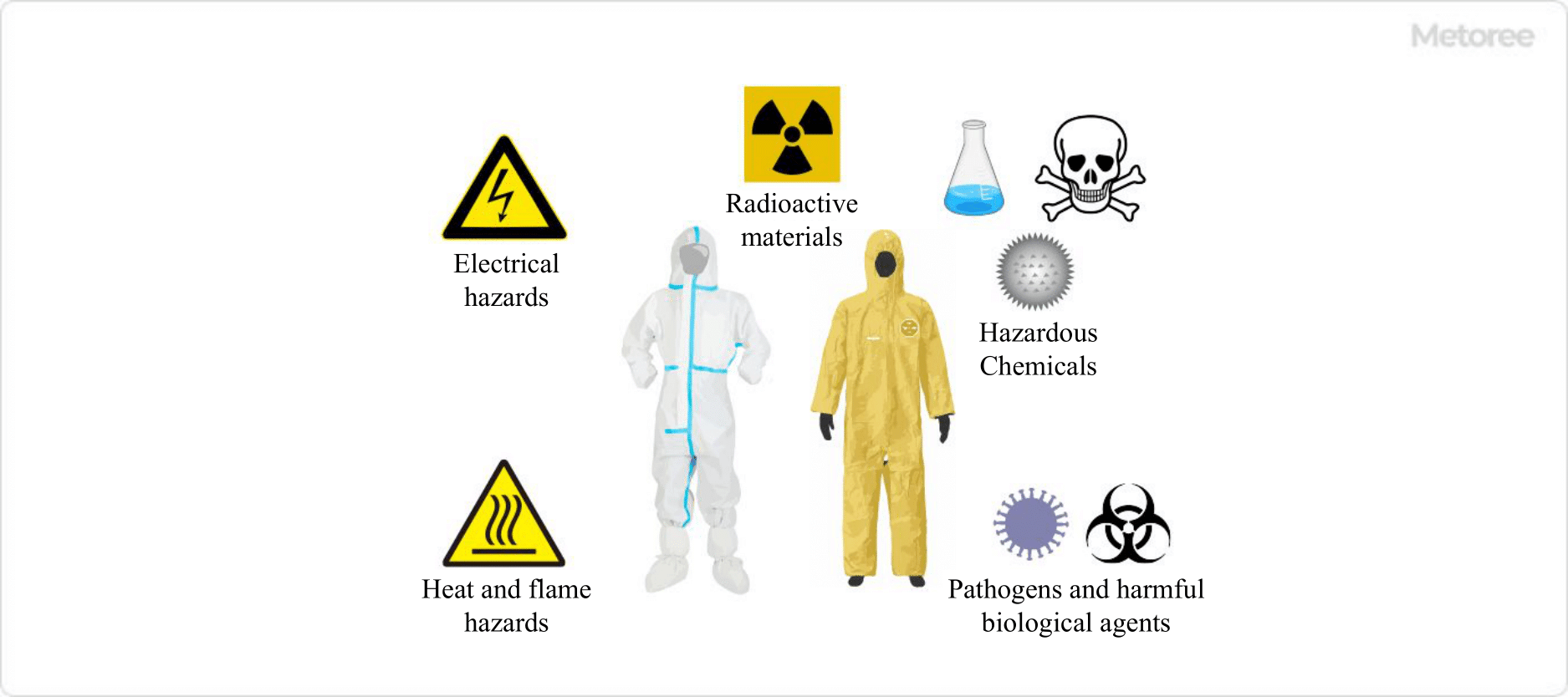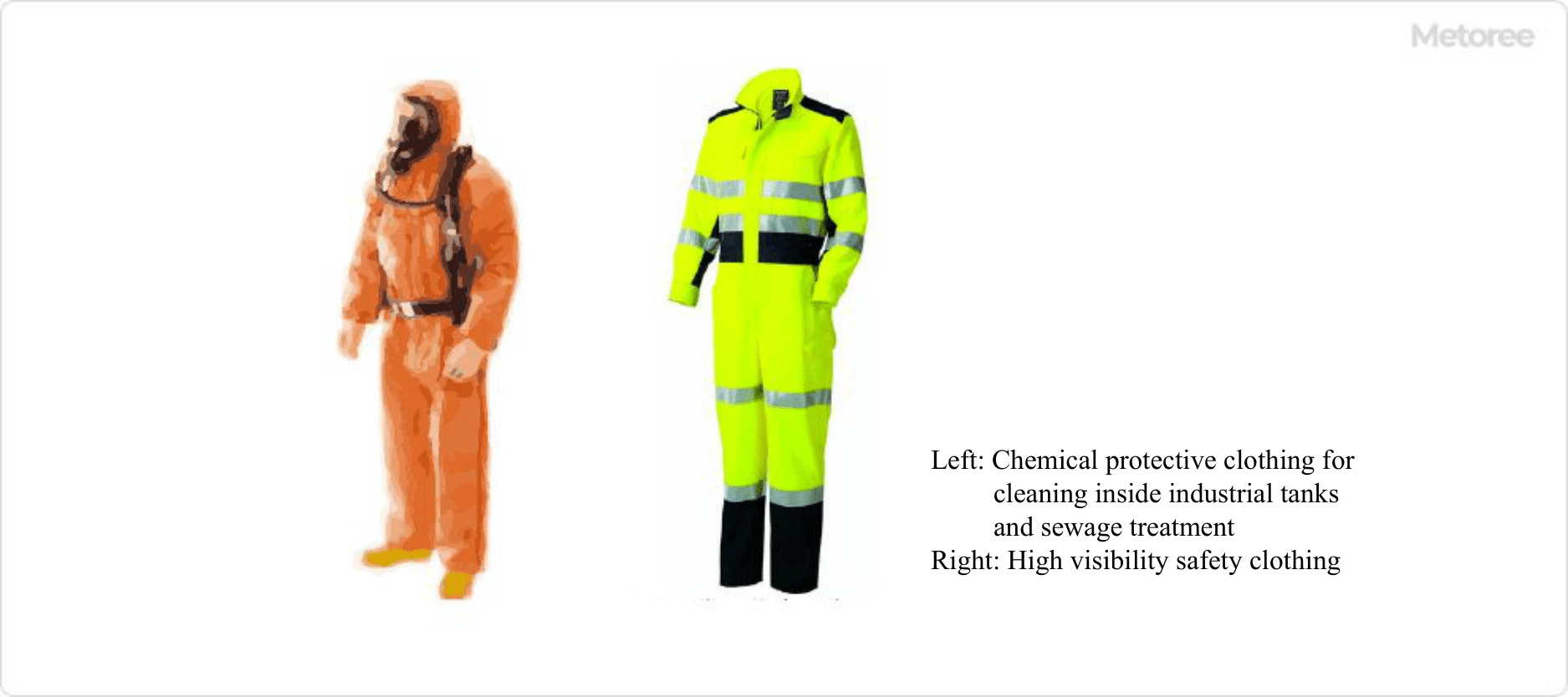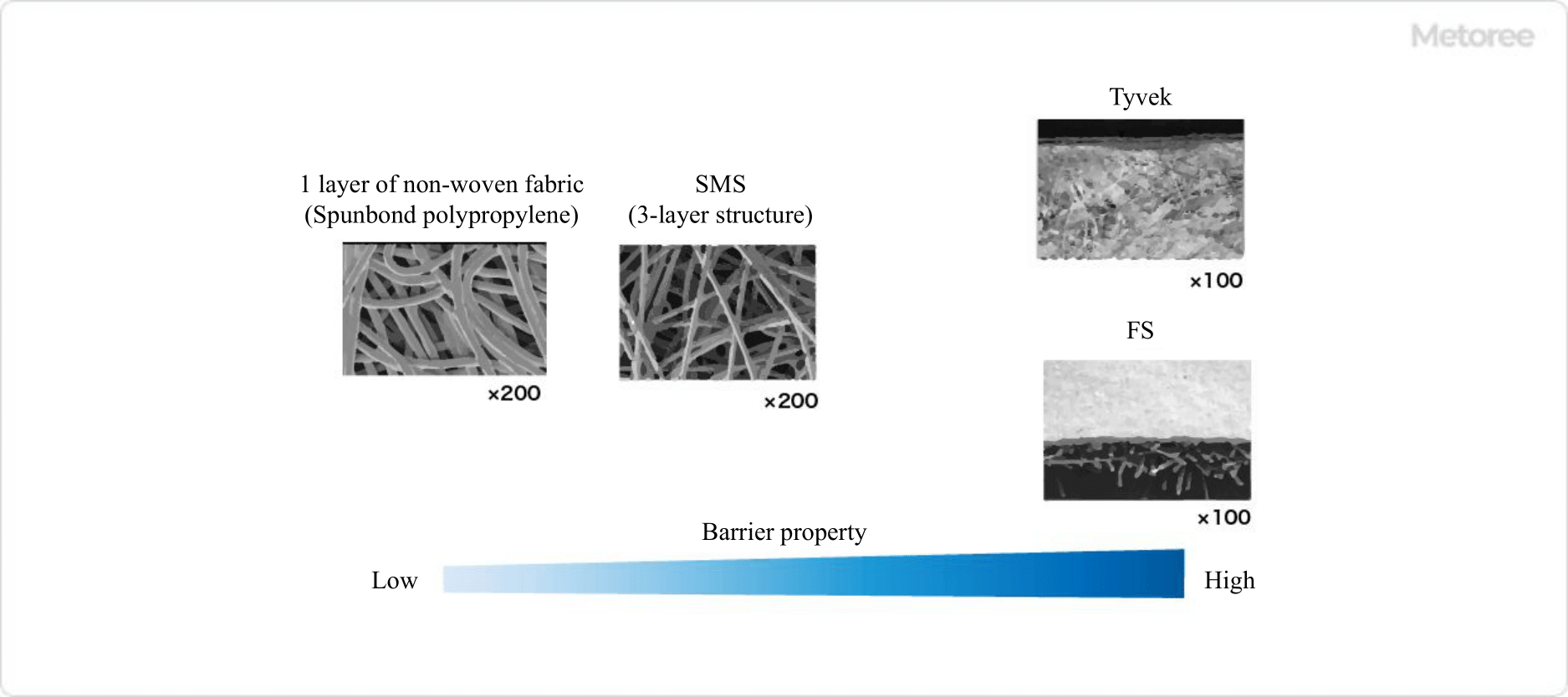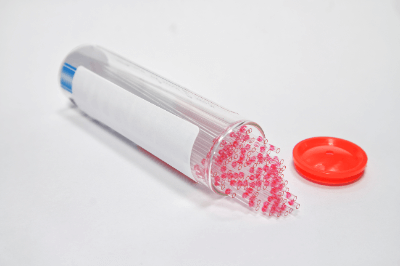What Is a Pressure Increasing Valve?
A booster regulator is a pneumatic device used to increase the pressure of compressed air.
Generally, the pressure of compressed air used in facilities is about 1.0 MPa at the highest, but the pressure normally used is around 0.5 MPa.
When increasing the pressure used, it is necessary to change the pressure setting of the compressor when increasing the pressure of compressed air lines throughout a factory or business facility. However, if the pressure is to be increased for only a limited number of production lines or circuits, installing a pressure increasing valve at the inlet of the required location will serve that purpose.
In addition to this, a dedicated air compressor may be installed, or pneumatic drive may be used to select water, hydraulic oil, light oil, kerosene, or heavy oil for pressure intensification.
Uses of Pressure Increasing Valves
If the need arises to increase the pressure at a single point in the compressed air equipment used in a factory, increasing the pressure setting of the compressor will result in a significant increase in electricity costs. This is especially true for pressure resistance tests and air leakage inspections.
Some data indicate that lowering the set pressure of a compressor by 0.1 Mpa can lower electricity rates by about 7-8%. In such cases, installing a pressure increasing valve in front of the mechanical equipment that is under pressure is an effective means of reducing the pressure. By installing a pressure increasing valve, the pressure can be increased only where necessary.
Note that the flow rate of the increased pressure will decrease as the set pressure increases. Also, pressure increasing valves consume compressed air.
Principle of Pressure Increasing Valves
1. Pressure Increase Mechanism
The pressure increasing valve is operated by compressed air drive and requires no electricity. The pressure can be increased beyond the set pressure of the compressor. The difference between 2x and 4x pressure increasing valves is the internal structure.
In the case of 2x intensification, the structure consists of two cylinders of the same diameter, two intensification chambers, and two drive chambers. The cylinders of the drive chambers have pistons of the same diameter. The input pressure received by the two pistons then acts on the piston in one intensification chamber to increase the pressure.
The two pistons are connected by rods and synchronized. When the piston moves to the end of the cylinder, a sensor is activated, switching the pneumatic circuit so that the drive and intensification chambers are reversed and the intensification continues.
The construction of the quadruple intensifier is the same as that of the double intensifier, having two cylinders of different diameters, two intensification chambers, and a drive chamber. By making the total pressure-receiving area of the two pistons in the drive chamber four times larger than the pressure-receiving area of the one piston in the intensification chamber, 4-fold intensification is possible. Other operations are the same as in the case of 2-fold intensification.
2. Installation of Air Tank
For both 2X and 4X pressure boosting types, an air tank is generally installed to store pressure and prevent pulsation. The air tank is refilled to prevent pressure drop when pressure drops temporarily due to increased flow.
In addition, since the pressure increase is intermittent, it is effective in reducing pulsation. An additional benefit is a reduction in the intermittent operating noise of the pressure increasing valve. Compressed air contains oil and water, which must be discharged as they are separated when cooled in the air tank.
If the tank is not installed, insufficient flow will probably shorten the life of the pressure increasing valve, as it will be continuously driven.
Features of Pressure Increasing Valve
Advantage
- It requires no power source and is powered by compressed air.
- Compressed air pressure can be increased up to 2 to 4 times. The pressure can also be adjusted.
- Overall energy savings can be achieved by lowering the compressed air pressure for the entire plant and increasing pressure only where it is partially needed.
Disadvantage
- About half of the supplied air is exhausted, resulting in energy loss.
- It is common to install an air tank on the secondary side.
- Because of its intermittent operation, it has the disadvantage of being noisy.
Other Information on Pressure Increasing Valve
How to Use Pressure Increasing Valve
First, connect the supply air pipe to the IN side port and the air tank piping to the OUT side port.
After piping, supply air to the facility and adjust the pressure to the required level by turning the adjustment knob while checking the pressure gauge reading on the OUT side.
 Disposable protective clothing is protective clothing intended for onetime use only.
Disposable protective clothing is protective clothing intended for onetime use only.


 A disposable white coat (disposable lab coat, single-use lab coat) is a lab coat intended for onetime use only. It is worn over plain
A disposable white coat (disposable lab coat, single-use lab coat) is a lab coat intended for onetime use only. It is worn over plain 
 A hematocrit capillary tube is an instrument used in blood testing.
A hematocrit capillary tube is an instrument used in blood testing.